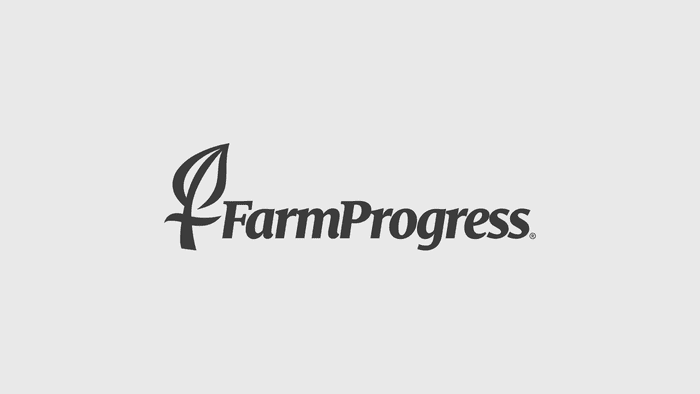July 14, 2016

A group of researchers examines growing season loss for the same farm over 35 years. Specifically, each farm in this study has reported complete data including yield for the same crop in all or all but one year from 1973 through 2012 to farm management programs in Illinois and Kansas.
Both the magnitude and composition of growing season losses differ between the two states. In particular, the share of losses that occur in years when loss exceeds 30 percent is much higher for the Kansas crops. This difference has important policy implications.
Some things to note about the study:
Before discussing the summary observations, it is important to note that growing season losses are likely to be smaller for the farms in this study since they have survived as farms since 1973. It seems reasonable that many of the impacts associated with long term survival are likely to be similar for Illinois and Kansas crop farms.
As expected, average farm loss over the growing season is higher for Kansas soybeans and wheat than for Illinois corn and soybeans.
A larger share of growing season losses for the Illinois crops occurs during years when the loss is less than 15 percent. In contrast, a larger share of growing season losses for the Kansas crops occurs during years in which the loss exceeds 30 percent.
These findings explains why in the last 2 farm bills Illinois farmers, more broadly Midwest farmers, have focused on "shallow losses," or losses that are less than the crop insurance deductible.
A farm loss that exceeds 30 percent is often called a "deep loss." A key policy issue is whether publically-subsidized insurance should focus on deep losses? Moreover, the World Trade Organization classifies insurance that only covers farm losses greater than 30 percent as non-trade distorting green box. If losses less than 30% are covered, insurance is considered trade distorting amber box.
The findings of this study imply that focusing farm risk policy on deep losses would likely alter the geographical distribution of program payments and thus the politics and economic impacts of farm risk assistance, including insurance.
In short, this study underscores the importance of understanding the growing season loss profile, particularly over long periods of time, when assessing farm risk policy.
You May Also Like




